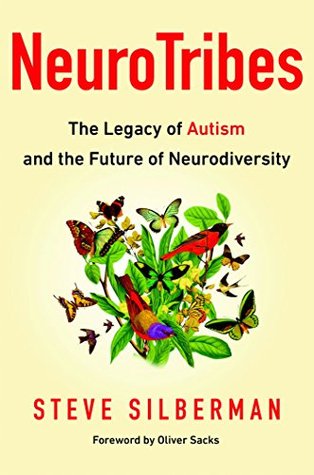More on this book
Community
Kindle Notes & Highlights
Read between
October 8 - November 7, 2021
THOUGH ASPERGER WAS APPARENTLY unaware of
Sukhareva’s work, he too saw parallels between his patients’ condition and schizophrenia—particularly a tendency toward what Bleuler called “autistic thinking,” defined as self-centered rumination and retreat into fantasy. These children pursued their own goals tenaciously, like the boy determined to collect a thousand matchboxes, but they seemed immune to the expectations of others. “In everything these children follow their own impulses and interests,” he observed, “regardless of the outside world.”
“The good and bad in a person, their potential for success or failure, their aptitudes and deficits—they are mutually conditional, arising from the same source,” he said. “Our therapeutic goal must be to teach the person how to bear their difficulties. Not to eliminate them for him, but to train the person to cope with special challenges with special strategies; to make the person aware not that they are ill, but that they are responsible for their lives.”
Our DNA tells a different story. In recent years,
researchers have determined that most cases of autism are not rooted in rare de novo mutations but in very old genes that are shared widely in the general population while being concentrated more in certain families than others. Whatever autism is, it is not a unique product of modern civilization. It is a strange gift from our deep past, passed down through millions of years of evolution.


